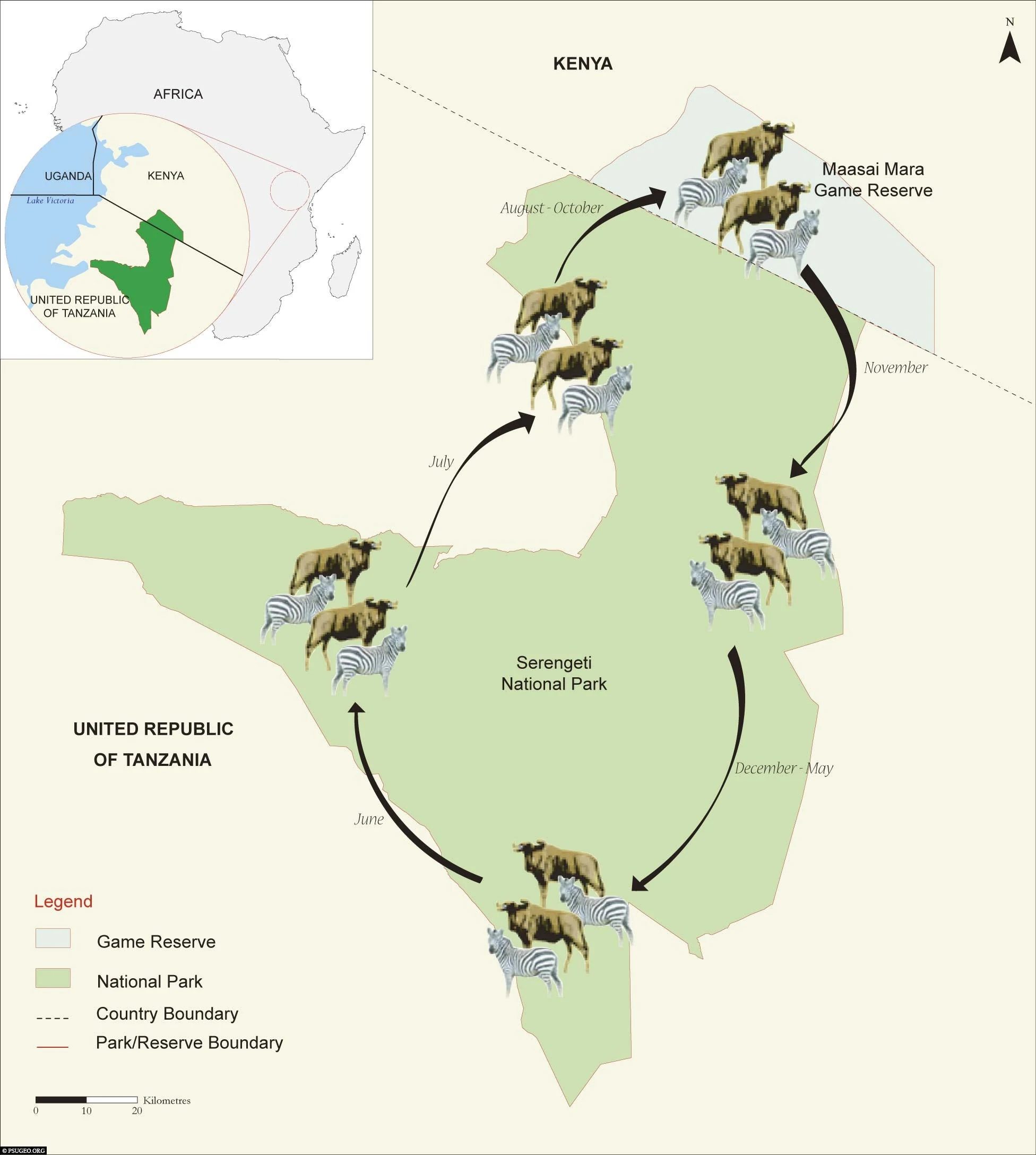Mount Kenya, Africa’s second-highest peak, is a stratovolcano with diverse ecosystems. A UNESCO World Heritage Site, it offers breathtaking landscapes, including glaciers and alpine meadows. Rich in biodiversity, the mountain hosts unique flora and fauna, attracting trekkers, climbers, and nature enthusiasts to its challenging peaks and stunning surroundings.
Mount Kenya National Park, with its diverse climatic zones and stunning landscapes, offers a range of activities from mountain climbing to wildlife viewing. Visitors can explore equatorial climates, montane forests, and alpine zones, making it a unique destination for nature enthusiasts and adventure seekers. Proper preparation is essential for a memorable experience.
Mount Kenya National Park features various climatic zones due to its elevation and diverse landscapes.It’s advisable for visitors to check current weather conditions, be prepared for different climatic zones, and adhere to park regulations and guidelines when exploring Mount Kenya National Park.
January to February and July to September are typically drier months. Clear skies are common during these periods.
Temperatures vary with altitude. At lower elevations, daytime temperatures may range from 10°C to 26°C (50°F to 79°F), while at higher elevations, temperatures can drop to freezing or below.
The long rains occur from March to June, while the short rains are from October to December. Heavy rainfall is expected during these months.
Temperatures vary with altitude. At lower elevations, daytime temperatures may range from 10°C to 26°C (50°F to 79°F), while at higher elevations, temperatures can drop to freezing or below.

